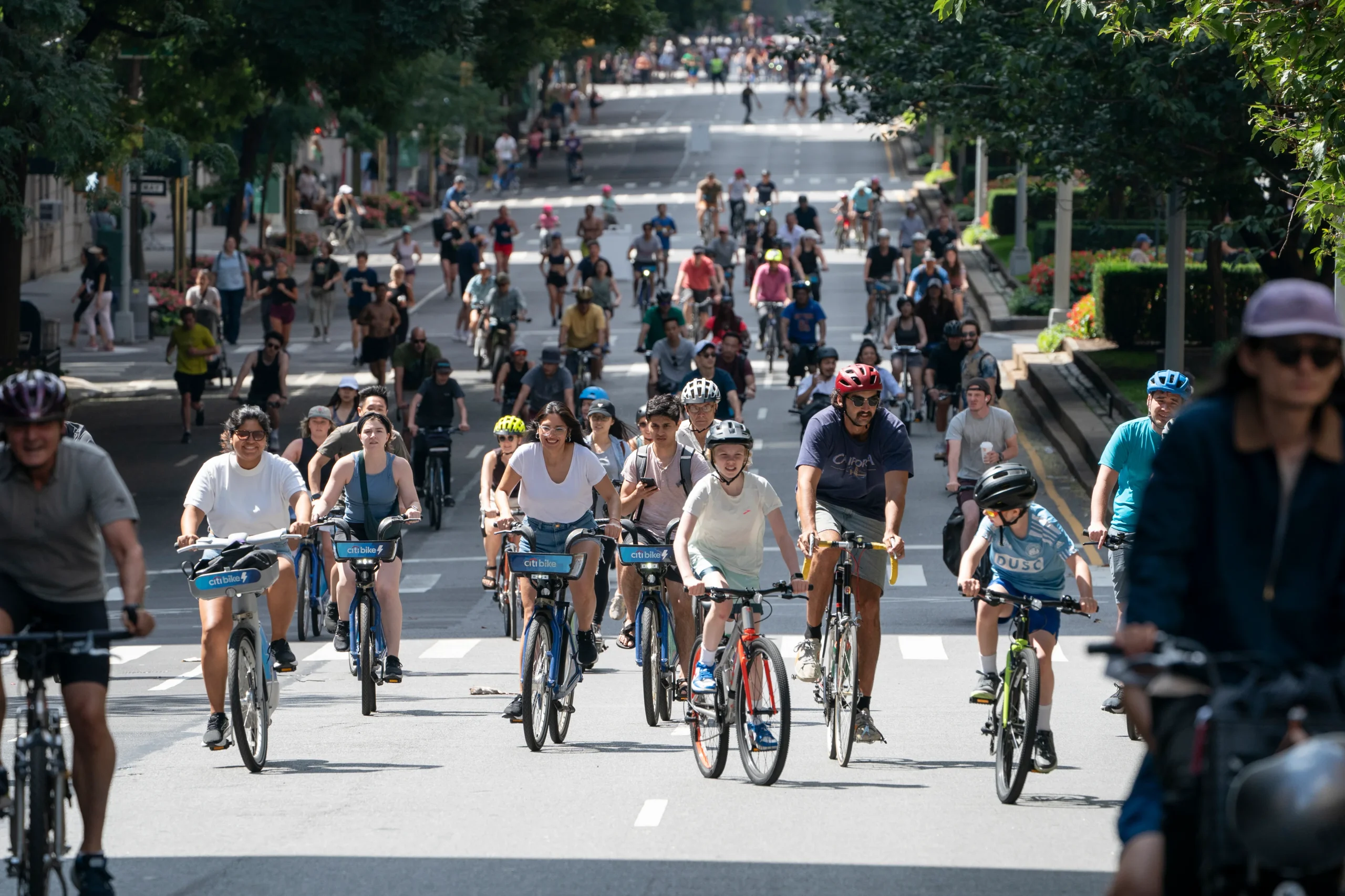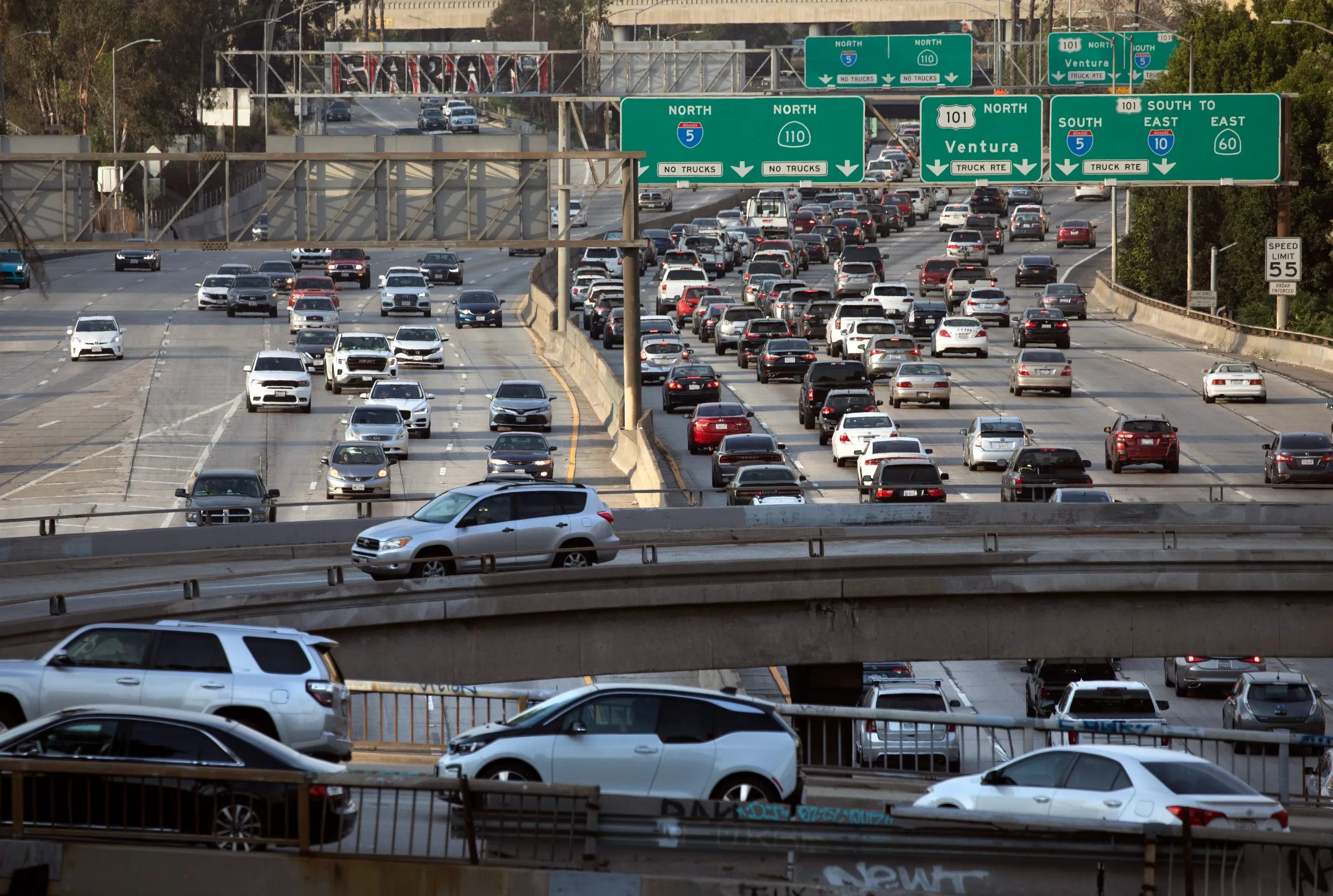The concept of a “war on cars” has been debated for years, with many libertarian voices warning of a future where the government imposes harsh regulations that make driving prohibitively expensive or difficult. Historically, this battle appeared to be led by federal regulations around safety, emissions, and fuel economy standards. These regulations were perceived as government overreach, leading to a scenario where cars would become so dull, expensive, and slow that public transportation would seem like a better alternative. However, the reality is somewhat different.
Rather than the federal government, it is city governments that are leading the charge in curbing car use. With concerns over congestion and pollution, urban areas have begun implementing a range of policies designed to reduce car ownership and usage. These policies include taxes, restrictions, and prohibitions, but they also involve efforts to redesign roads, lower speed limits, and make public transportation and other alternatives more appealing.
A prime example of a city grappling with car congestion is Seattle. As one of the most car-intensive cities in the United States, Seattle faces major traffic challenges. Commuters traveling north from Olympia to Seattle experience intense congestion, particularly as they approach Tacoma. Seattle is ranked among the top ten U.S. cities for traffic congestion, and in nearby Everett, commuters face the highest peak congestion rate in the country. With traffic worsening, Seattleites have become increasingly motivated to address the issue.
Environmental Goals and Transportation Policy
In addition to congestion, Seattle is tackling another critical issue: greenhouse gas emissions. Passenger vehicles contribute significantly to the city’s emissions, and Seattle has committed to reducing its carbon footprint in line with the Paris Climate Agreement. The city has set ambitious targets, including an 82% reduction in transportation emissions by 2030. To achieve these goals, the city is working on policies to decrease vehicle miles traveled and improve vehicle emissions standards.

Mark Hallenbeck, the director of the Washington State Transportation Center, highlights the role of social engineering in transportation planning. For decades, cities have made it easy to drive and difficult to rely on public transportation. However, in places like Seattle, this is beginning to change. The city’s future plans include congestion tolling, which would serve as a financial incentive to reduce car usage. This mirrors successful systems in cities like London and Stockholm, where similar charges have led to significant reductions in traffic.
Congestion charging is becoming an increasingly common tool for cities worldwide. London, for instance, implemented a congestion tax in 2003, resulting in a 20% drop in traffic. Additionally, London has introduced a “toxicity” toll, which penalizes vehicles that do not meet certain emissions standards. Cities like Paris, Mexico City, and Hamburg are also adopting or planning similar policies. In Seattle, plans for congestion tolling could be in place by 2021, with the aim of reducing both traffic congestion and emissions.
The “Carrot” of Alternative Transportation
While taxes and restrictions are one part of the equation, cities are also offering incentives to make alternative modes of transportation more attractive. This includes removing street parking to make room for buses, streetcars, and bike lanes. Seattle, for example, has prioritized bike commuting by creating protected bike lanes and reducing speed limits to improve safety. These efforts are part of the city’s broader Vision Zero campaign, aimed at eliminating traffic fatalities and making alternative transportation safer and more appealing.
In addition to infrastructure changes, Seattle is also revising parking policies to reduce car dependence. In 2018, the city voted to ease parking requirements for developers, allowing for more housing construction without the need to provide extensive parking spaces. This move aims to make housing more affordable and accessible, particularly for those who choose not to own a car. Similar changes are being made in other cities, as urban planners begin to question the long-standing belief that ample parking is essential for urban development.
One key figure in the movement to rethink parking policies is Donald Shoup, a professor at UCLA who argues that the abundance of cheap or free parking has led to an overreliance on cars. Shoup advocates for market-based parking solutions, where drivers pay the true cost of parking, which would reduce the number of cars on the road. He believes that by properly pricing parking, cities can reduce congestion and encourage people to use alternative forms of transportation.
Ultimately, the battle to reduce car use is complex. Cities like Seattle are experimenting with a variety of policies, but the outcomes are still uncertain. While some residents choose not to own cars, others turn to services like Uber and Lyft, which contribute to additional miles of driving. The future of transportation in cities will likely involve a mix of policies that balance the needs of drivers, public transit users, and pedestrians. The goal is not to eliminate cars but to create a more sustainable and efficient urban transportation system.

